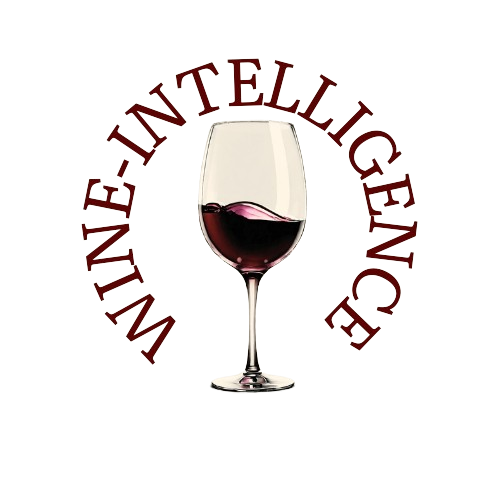Italian wineries are embracing a dual approach in 2024, combining digital strategies with a significant return to in-person experiences.
According to Omnicom PR Group Italia's 11th annual report, “The Digital Taste of Italian Wine,” this shift highlights the evolving dynamics of how wineries connect with their audiences in an increasingly hybrid landscape. Here's a closer look at the key trends shaping the industry.
The Revival of Physical Experiences
Physical engagement is making a strong comeback, with 60% of wineries prioritizing real-world experiences. Tasting tours, vineyard events, and immersive activities like vineyard yoga, music festivals, and culinary workshops are gaining traction. Wineries are leveraging their estates and facilities to create comprehensive experiences, integrating restaurants, accommodations, and even museums into their offerings.
The emphasis on in-person events aligns with a broader trend: fostering authentic connections. Whether it's horseback vineyard tours or charity galas, these experiences cater to diverse audiences, including younger demographics and socially conscious consumers.
Digital Strategies and Social Media Growth
While physicality gains momentum, digital strategies remain pivotal. Italian wineries continue to grow their fan base across major platforms:
- LinkedIn saw a remarkable 13% increase in followers, reflecting the industry's focus on professional storytelling and ESG (Environmental, Social, Governance) communication.
- Instagram experienced a modest 6% growth, highlighting its ongoing role in visual storytelling.
- Facebook showed a slight decline (-0.9%), while TikTok adoption remains limited, with only 6 out of 25 wineries engaging on the platform.
Wineries are refining their digital presence, particularly around ESG initiatives. Social and governance themes, such as employee well-being and ethical sourcing, are gaining prominence, while environmental efforts focus on combating climate change through sustainable farming and renewable energy projects.
E-Commerce and Customer Interaction
Proprietary e-commerce platforms are stabilizing, with 12 out of 25 wineries maintaining online shops. However, these platforms often focus on basic product listings and transactions, missing opportunities for enhanced user experiences. Meanwhile, chat-based customer interactions have decreased by 23%, signaling a shift away from real-time digital support.
Language Diversity for Global Markets
Export-oriented communication remains strong, with English leading the way on websites and social channels, followed by German and Chinese. Multilingual content ensures Italian wines resonate with diverse international markets, solidifying their global appeal.
Food Pairing and Native Varieties
Food pairing content continues to be a popular theme, with 19 wineries providing insights into pairing suggestions. However, the depth and quality of such content have slightly declined. Meanwhile, 72% of wineries highlight native grape varieties, enriching consumer knowledge about Italy’s unique viticultural heritage.
Sustainability and Governance Excellence
Sustainability is at the forefront, with 23 wineries actively showcasing projects that address biodiversity, renewable energy, and eco-friendly packaging. Social initiatives, including scholarships, cultural sponsorships, and inclusive community programs, underscore the industry's commitment to societal impact. Good governance practices, such as ethical supplier relationships and transparent remuneration policies, are also gaining visibility.
Top Performers in 2024
The report identifies Mezzacorona, Marchesi Antinori, and Tenute Piccini as the top performers among Italian wineries. These leaders excel in digital engagement, sustainability, and innovative consumer experiences. Notable mentions include:
- Mionetto for its dynamic social media strategies.
- Cadis for its climate and sustainability initiatives, including precision agriculture.
- Cantine Riunite & Civ for blending wine with music in unique tasting experiences.
Conclusion
Italian wineries in 2024 are navigating the delicate balance between digital innovation and the tangible allure of in-person connections. This dual strategy not only strengthens their market presence but also underscores their adaptability in a competitive global industry. By blending sustainability, storytelling, and consumer engagement, these wineries are setting a benchmark for the future of winemaking.
Source: WineNews

